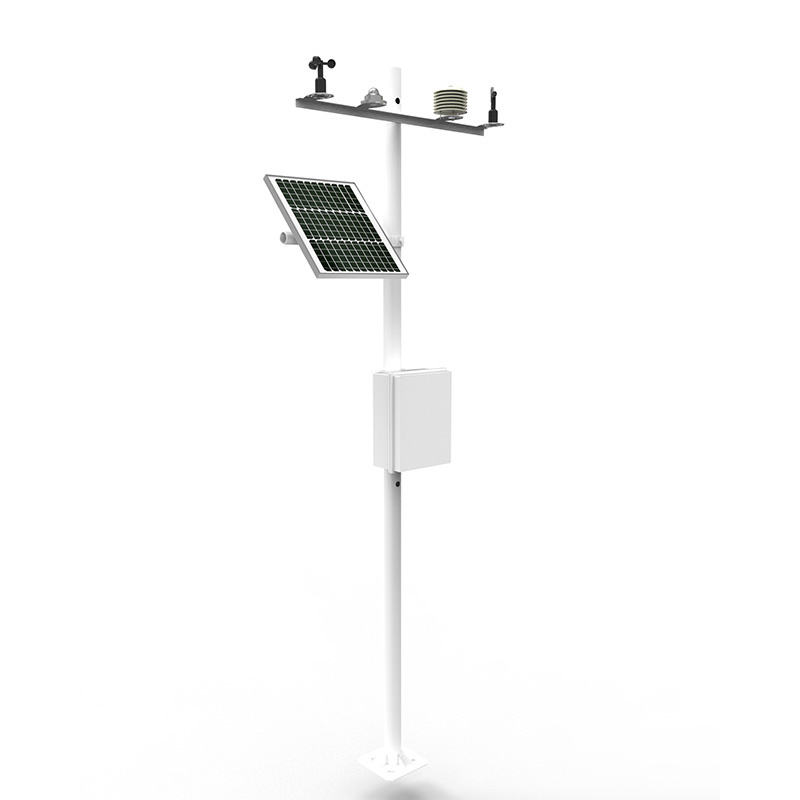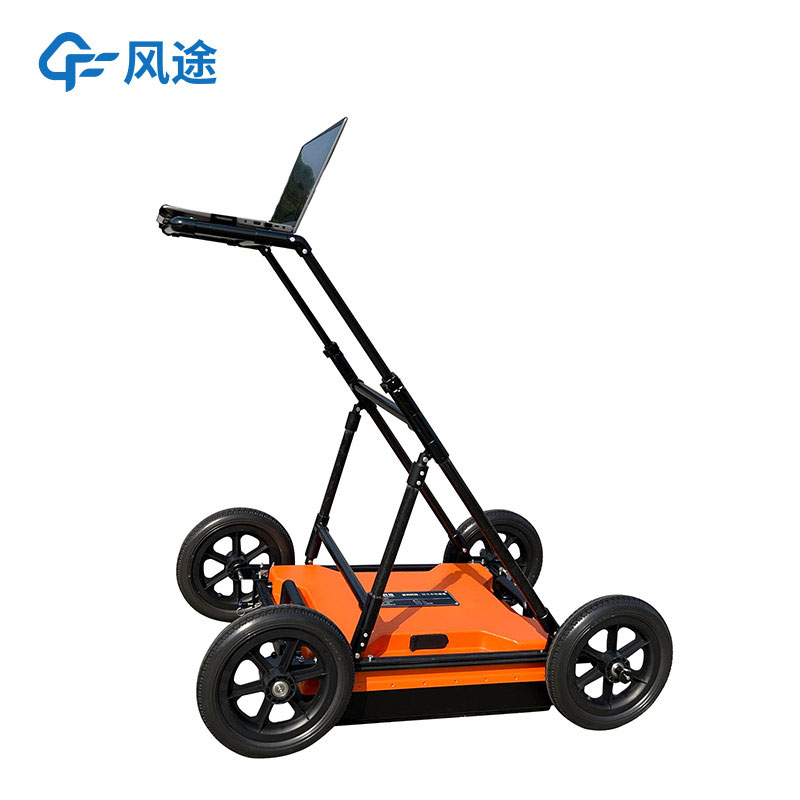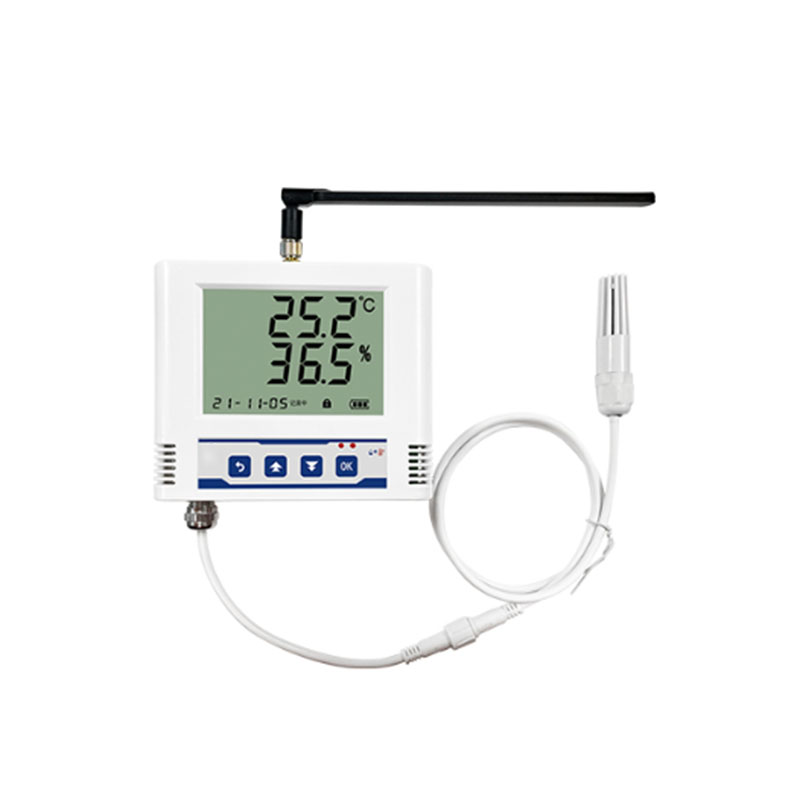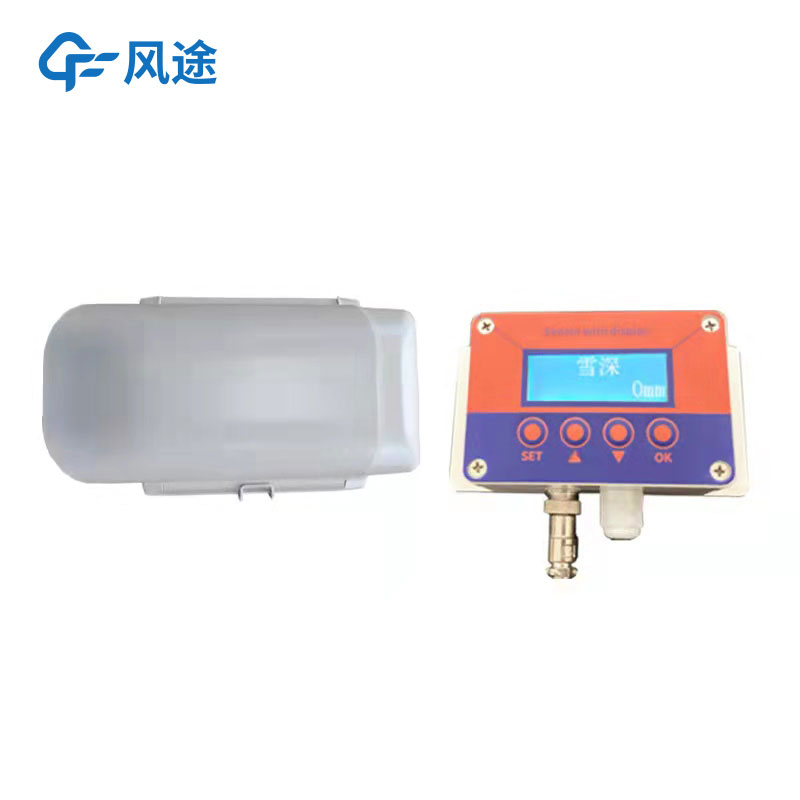Product
Recommended article
- One - Stop Dust Monitoring Solution
- How Forestry Weather Stations Bolster Forest Fire Prevention Efforts
- Discover the Power of Negative Oxygen Ion Monitoring System for Cleaner Air
- Comparative Analysis of Ultrasonic and Automatic Weather Stations in Meteorological Monitoring
- Breaking Through the ‘Last Meter’ with Online Dust Monitoring System
- Mastering Road Conditions with Road Weather Station
Contact us
Shandong Fengtu IOT Technology Co., Ltd
Sales Manager:Ms. Emily Wang
Cel,Whatsapp,Wechat:+86 15898932201
Email:info@fengtutec.com
Add:No. 155 Optoelectronic Industry Accelerator, Gaoxin District, Weifang, Shandong, China

PV Weather Station
Model:FT-FGF9
Brand:fengtu
Related products
1.Scope of application of PV Weather Station solution
PV Weather Station is used to monitor key meteorological parameters that affect the efficiency of photovoltaic power generation for the production of photovoltaic power stations.Distributed photovoltaic power generation refers to photovoltaic power generation facilities that are built and operated at or near the user's site, with the main features of self-generation and self-use on the user side, excess electricity connected to the grid, and balanced regulation in the distribution network system. In order to ensure the normal operation and data analysis of photovoltaic power stations, it is usually necessary to equip distributed photovoltaic power generation environmental monitoring systems to monitor indicators such as total solar radiation, ambient temperature, wind speed and direction, and photovoltaic module temperature. Distributed photovoltaic power generation environmental monitoring systems can be connected to the monitoring system, which displays, records, and analyzes the data of the environmental monitoring system. They can also be connected to the inverter control system, which analyzes the sensor data to ensure the effective operation of the photovoltaic power station.
2. PV Weather Station Product Description
This model meets the national standard requirements and the latest data requirements and logical correspondence of the provincial adjustment of photovoltaic power stations, and supports the secondary upgrade of subsequent new parameters. It adopts a high-stability solar total radiation sensor with perfect cosine characteristics, fast response, zero offset and wide temperature response performance to ensure accurate and stable radiation data. Our company has many years of rich experience in serving domestic and foreign photovoltaic power station users, with sufficient sensor inventory, complete production lines, mature instrument and equipment debugging technical capabilities, comprehensive after-sales tracking services, and a fast logistics and transportation system.
3. Typical Applications of PV Weather Station
1. Solar photovoltaic power generation and solar energy resource assessment
2. Solar system monitoring and atmospheric energy balance research
3. Calibration and verification of solar radiation data obtained from satellite inversion
4. Thermal stress research, heat exchange research, climate change research
5. Initial light resource estimation and processing of power stations, and revenue assessment
IV. PV Weather Station Product Implementation Specifications
The site selection of distributed photovoltaic power generation environmental monitoring system needs to consider many factors. The site should be built in a place that is not shaded from sunrise to sunset throughout the year. Our company provides detailed and professional standard guidance documents to photovoltaic power station related personnel based on international observation methods, national observation specifications, power industry standards and many years of rich experience in site selection, environmental monitoring system installation and commissioning.
5. PV Weather Station Product Technical Parameters
Model:FT-FGF9
Power supply: DC12V
Output: RS485 MODBUS RTU protocol
Power supply: Solar power supply/DC12V/AC220V/UPS
Baud rate: 4800-115200 Default baud rate: 9600
Operating temperature: -30°C ~ +70°C
Storage temperature: -40°C~+80°C
Working humidity: 0~100%RH
Protection level: IP65
Communication mode: Wifi/GPRS/RS485/wireless point-to-point
Output aviation plug: IP68 SP13-6
Data receiving mode: wireless data cloud platform APP/PC/webpage wired stand-alone software secondary development communication interface
Loading form: fixed bracket 1.5m/2.2m/3m
6. PV Weather Station test data parameters
| Sensor Name | Measuring range | Accuracy | Resolution |
| Ambient temperature | -40—123.8°C | ±0.1℃ | 0.1℃ |
| Ambient humidity | 0—100%RH | ±2%RH | 0. 1%RH |
| Dew point temperature | -40—123.8°C | +0.1℃ | 0.1℃ |
| Wind speed | 0—60m/s | ±2% (W20m/s ), ±2%+0.03V m/s (>20 m/s ) | 0. Im/s |
| wind direction | 0 —359° | ±2° | 1° |
| Air pressure | 300—1100hPa | ±0.12hPa | 0.1hPa |
| Component temperature | -40—100C | ±0.1℃ | 0.1℃ |
| Horizontal total radiation | 0—2000w/m2 | W5% | lw/m2 |
| Daily total horizontal radiation | 0—999.9MJ/m2 | W5% | 0. IMJ/ni2 |
| Monthly total horizontal radiation | 0—9999MJ/m2 | W5% | lMJ/m2 |
| Annual total horizontal radiation | 0—9999MJ/m2 | W5% | lMJ/m2 |
PV Weather Station Design Implementation Standards
Guide to Meteorological Instruments and Observation Methods World Meteorological Organization (WMO) Commission for Instruments and Methods of Observation (CIMO) and IEC (International Electrotechnical Commission) State Grid Corporation of China Enterprise Standard Q/GDW 617-2011 Technical Regulations for Photovoltaic Power Stations Connected to the Grid State Grid Corporation of China Enterprise Standard Q/GDW 618-2011 Test Procedures for Photovoltaic Power Stations Connected to the Grid
Technical Specifications for Acceptance of Grid-connected Photovoltaic Power Generation System Projects
QX/T61-2007 Ground Meteorological Observation Specification QX/T-2000II Automatic Weather Station Industry Standard
QX/T74-2007 Technical Specifications for Meteorological Observation and Data Review and Correction in Wind Farms
Related article
-
What is the Sky Scanner? A handy and useful cloud measuring instrument
2024-05-22 -
Mechanical Weather Stations & Ultrasonic Weather Stations
2024-02-01 -
Essential Meteorological Parameters: The Foundation of Weather Forecasting and Climate Analysis
2024-11-04 -
Fengtu Negative Oxygen Ion Monitoring Station
2024-08-30 -
Reducing Accident Risk with Road Weather Stations
2024-09-04 -
Integrating Safety and Efficiency: The Road Weather Station for Traffic Management
2024-09-12 -
How to choose a dust and noise monitor?
2024-07-16 -
Inventory of common types of weather monitoring equipment
2024-05-21


 Get a Free Quote
Get a Free Quote







